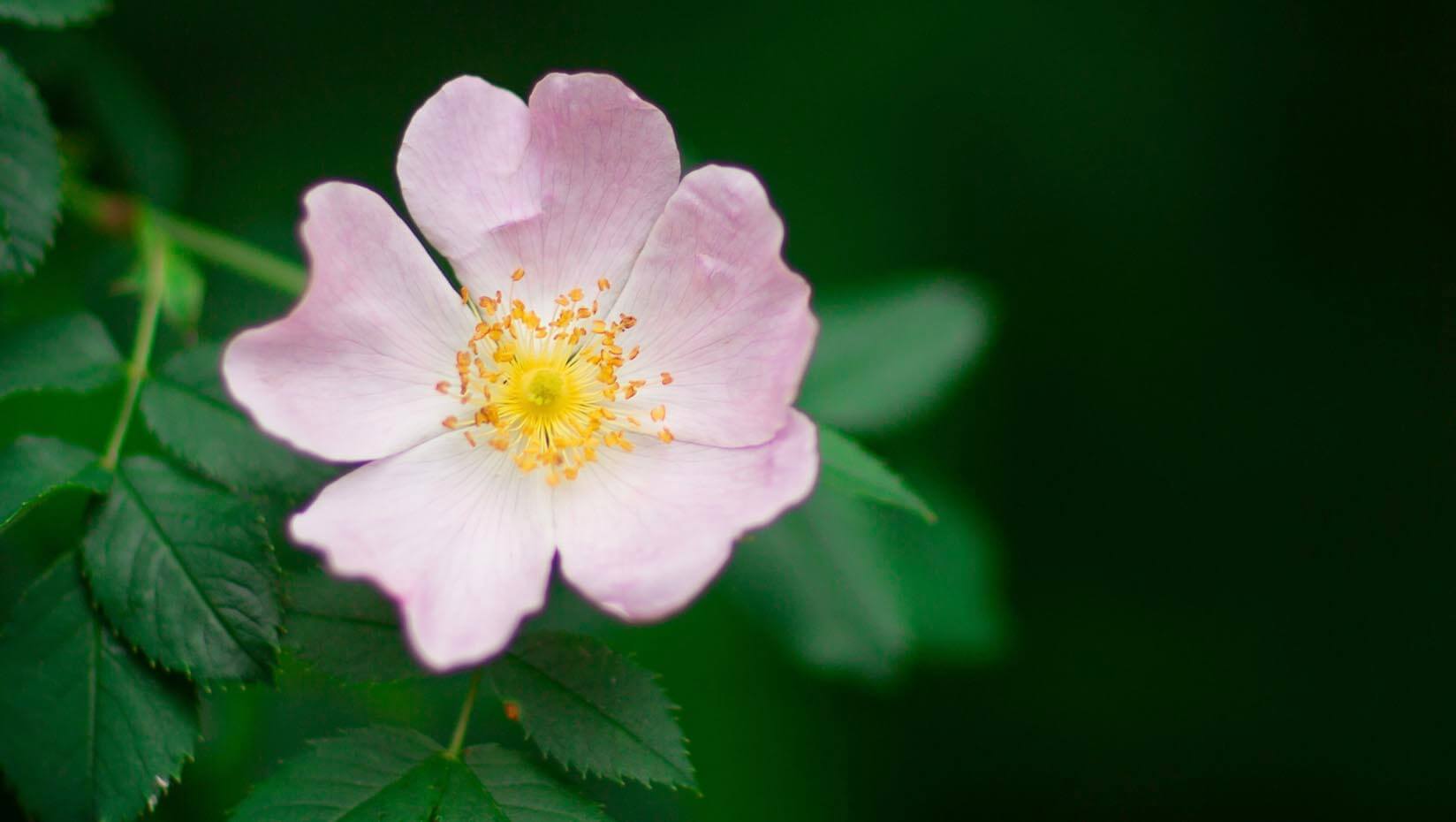
Bee visitation study supports Maine’s wild blueberry industry
According to a new University of Maine study, a natural way to support Maine’s wild blueberry industry is to cultivate plants popular with bees such as butterfly weed, starflower, summer sweet, sweet clover and swamp rose.
Recent declines in wild native bee populations have garnered global attention, particularly in Maine where blueberry growers depend on bees to pollinate their crops. While bumblebees (Bombus spp.) are recognized as the most effective pollinators of wild blueberries, Maine growers are increasingly relying on Apis mellifera, a non-native bee, to pollinate their fields. Establishing bee reservoirs to provide forage when the blueberries are not in bloom is one strategy that could benefit Maine’s native bumblebees while sustaining an economically important agricultural industry.
To ensure that bee reservoirs are effective, University of Maine assistant research professor Alison Dibble led a four-year study designed to assess the appeal of plantings to native and other bees. The study, conducted in collaboration with UMaine researchers Frank Drummond and Lois Stack, measured the relative attractiveness of nearly 90 species of annuals, perennials and shrubs at four Maine garden sites where bee populations had previously been established. Observations of insect activity were made for plants with one or more open flowers during weekly sampling from June–August, noting bee species, time of day and weather conditions.
While the researchers found that the bees exhibited no distinct diurnal foraging patterns and marginal foraging fidelity to the plants in the experimental garden plots, data analysis identified 36 plant taxa as attractive to bees in general.
Of all species observed, the plants most visited by bees were Asclepias tuberosa, Borago officinalis, Clethra alnifolia cv. Hummingbird, Melilotus officinalis, Origanum vulgare, Rosa palustris, Spiraea alba var. latifolia, and taxa in the family Asteraceae.
Observations indicate that each bee group (honeybees, bumblebees, etc.) had distinct preferences among the plant species tested. The most-visited plants by month were M. officinalis in June, A. tuberosa in July and C. alnifolia in August.
Contact: Joan Perkins, joan.perkins@maine.edu
